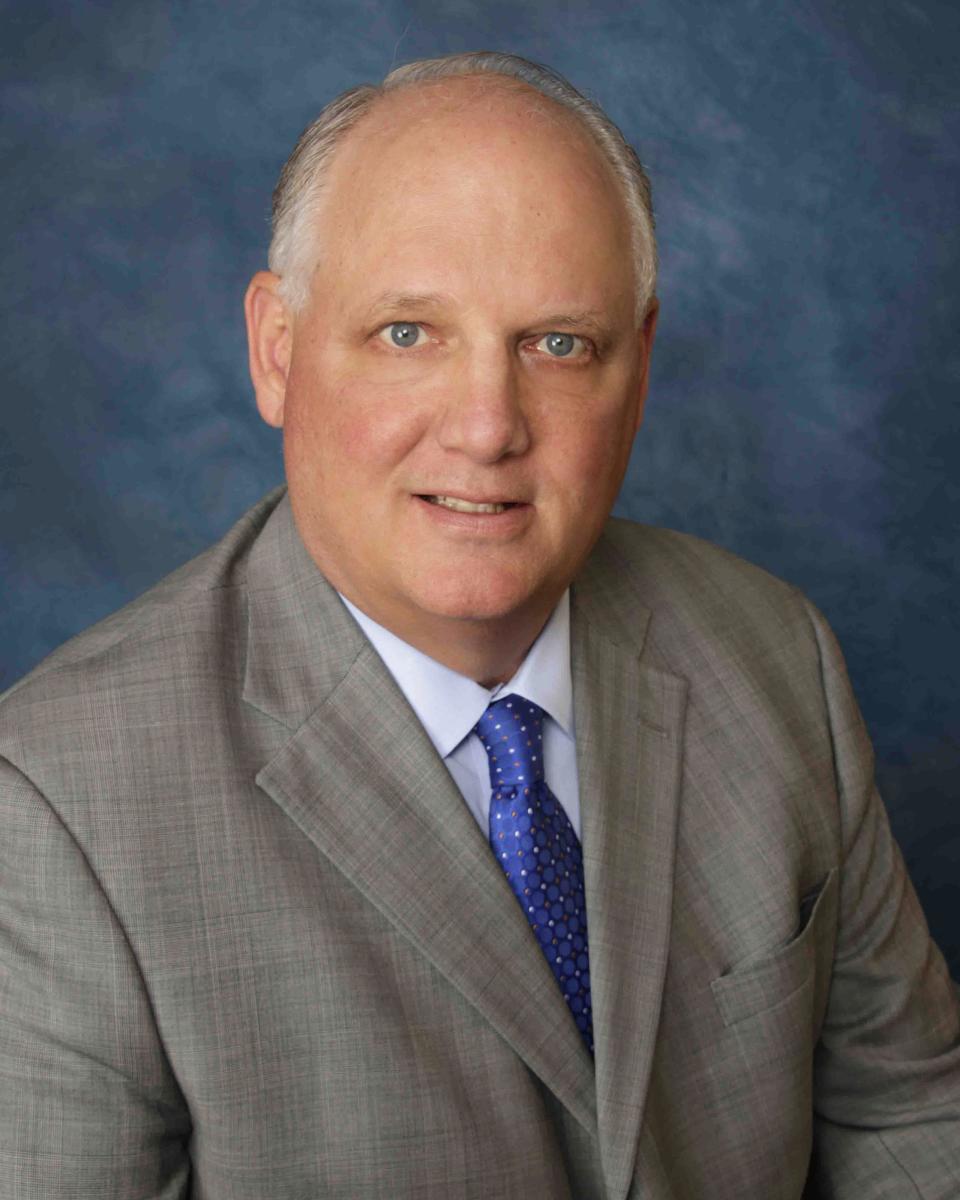Caprock Chronicles: Lockney Christian College: A capsule of time, 1894-1918
Editor’s Note: Caprock Chronicles are edited by Jack Becker, Librarian Emeritus, Texas Tech University. He can be reached at jack.becker@ttu.edu. This week’s article about Lockney Christian College is by frequent contributor Chuck Lanehart, Lubbock attorney and award-winning Western history writer.
There were no distinguished alumni of Lockney Christian College (LCC), no championship athletic teams, no ivy-covered ivory towers. Nevertheless, the short-lived little school — perhaps the first institution of higher learning on the Texas Plains — spurred opportunities for education on the Llano Estacado and was a significant factor in Lockney’s history.
Floyd County, established in 1876, was settled in 1889 by drought-stricken ranchers from other areas of Texas seeking reliable water sources. About the same time, a banker from the Abilene area, J.H. Lockney, organized the establishment of a new Floyd County townsite and named in honor of his father.
In the spring of 1890, C.W. Smith, a minister of the Disciples of Christ (DOC) Church, settled near Lockney. A few years later, he engaged in evangelistic work in the area with S.W. Smith, and the two pastors proposed a Christian college in the area. They acquired 320 acres near the Lockney townsite and heavily promoted the new school via statewide DOC church publications.
Lockney was described as “a beautiful and healthful location . . . in the heart of the plains, one of the natural wonders of Texas.” The new school would “meet a long and keenly felt need of thoroughness and accuracy not found elsewhere in similar institutions” and to “give pupils a practical business education” at comparatively low cost. There was a promise “all foolishness and extravagance are kept entirely out of the school.”
Hopeful settlers moved to Lockney, anticipating opportunities in a new town with a new college. The first LCC building was planned: a two-story frame structure 24’ by 48’ and 18’ high with a hipped roof. On Oct. 1, 1894, as the building was under construction, LCC began classes in a two-room dwelling with 16 students. By the end of the year, 50 students were enrolled. Some resided in crude dugouts, as all of Lockney’s housing was occupied.
In the beginning, the institution was not what is now considered a college, as LCC offered primary, secondary and college-level education. For a few years, LCC served as the local public school. Bible teaching was limited to after-school hours and the religious emphasis, originally paramount, was suppressed.
When Lockney’s public school reopened in 1897, LCC President G.H.P. Showalter revitalized the institution as a church school. He made an all-out effort to enlist students, promising to recruit a strong faculty, provide adequate facilities and keep the Bible at the center of the curriculum.
A new two-story frame building was completed in 1898 and served the school until 1907, when it was replaced by a larger concrete block structure. The college was closely identified with the DOC church locally and statewide.
In addition to Bible study and a business curriculum, junior college-level courses included mathematics, physics, history, physiology, English, Latin, Greek, French, chemistry, civics, geography, music and elocution. Only half the teachers in 1910 held college degrees, but nine of the ten instructors in 1911 were Bachelor of Arts graduates. Enrollment swelled to 139 students, and LCC offered multiple college-level degrees.
Puritanical legalism regulated the social life of students. Discipline was rigidly administered and “things of the world” were not tolerated, including “parties, games and other silly amusements and worldly proclivities that are winked at by preachers and indulged by thousands to the ruin of those who claim to be children of God.
“If at any time . . . young men and young women begin to ‘love’ and ‘make love’ one to the other . . . that practice shall be stopped . . .” Note-writing between students was an offense, and all were required to attend chapel services. No baseball on Sundays!
Over the years, a schism built within national and regional religious communities which contributed to the demise of LCC. In 1906, the Church of Christ (COC) was recognized as a separate denomination from the DOC. COC members were more religiously conservative, including rejection of musical instruments in church services. As the more liberal trend became prevalent among the DOC in West Texas, the Lockney church became more closely identified with the COC conservative point of view. LCC academics were accused of joining the liberal “Digressives,” and the college president resigned in 1911.

Lockney businesses attempted to increase enrollment through financial subsidies to students, but the effort failed as optimism faded. The attraction of new Texas COC-sponsored colleges (Abilene Christian and Thorp Springs Christian), dislocation of students during World War I, the rural Lockney location and religious dissention in the community were all factors in the failure of LCC.
Lockney Christian College closed in 1918, and no remnant of LCC remains. The site is covered by a Lockney High School parking lot, but it is still remembered, an institution once considered one of the finest junior colleges in the state. More than 2000 elementary, secondary and college students were educated at the school in its 21-year history.
This article originally appeared on Lubbock Avalanche-Journal: Caprock Chronicles: Lockney Christian College: A capsule of time, 1894-1918

